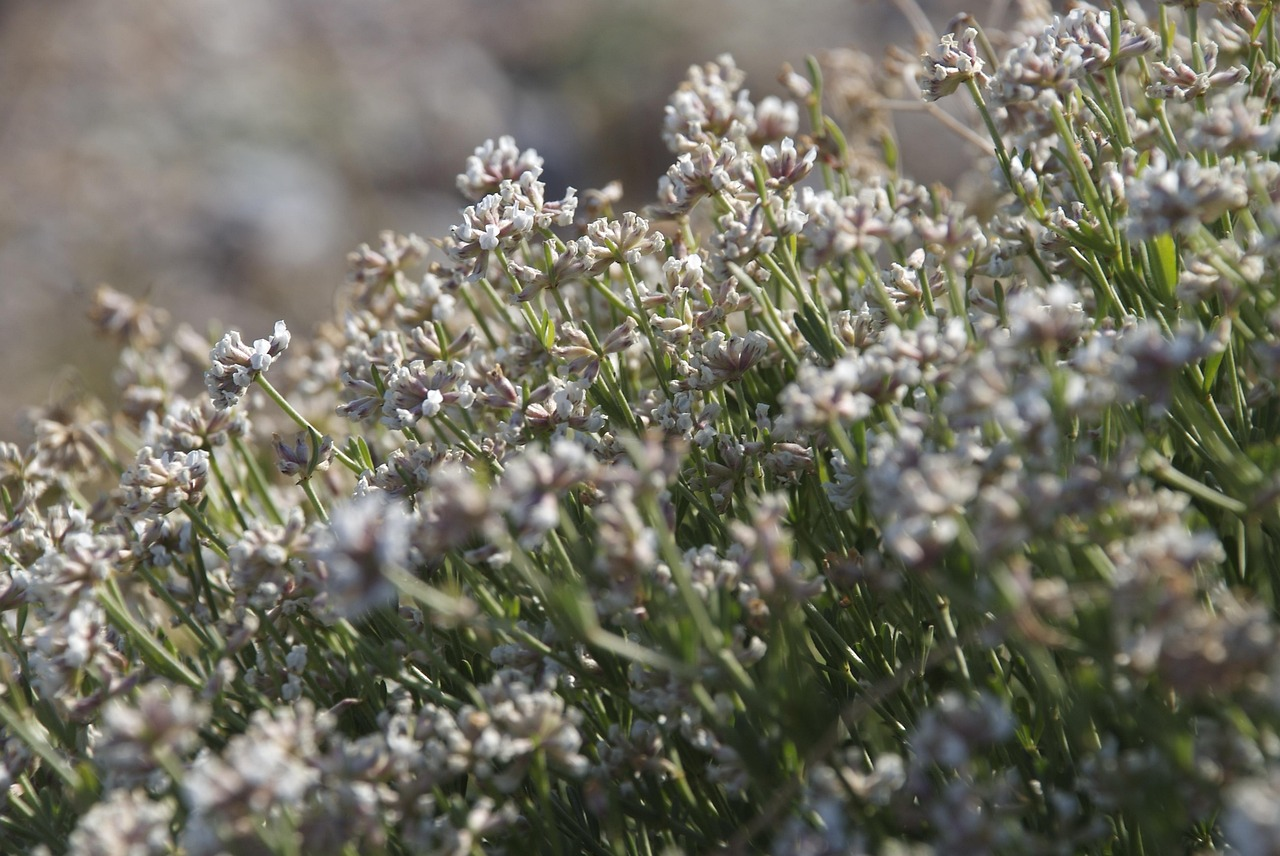
Climate Garden Made Easy: An Overview of Drought-Resistant Plants
The increasing drought poses new challenges for many gardeners. But with the right choice of plants, you can create a healthy and diverse garden even with little rainfall. In this article, we present drought-resistant plants that are ideal for hot summers and water-saving gardening. We also explain how plants adapt to dry, sunny locations.
This Article Contains:
- How Climate Change Is Altering the Water Cycle
- Adaptations of Plants to Climate Change
- Short-Term Survival Strategies for Drought Stress
- Long-Term Adaptation to Dry Locations
- Drought-Resistant Plants for the Garden & Balcony: Mediterranean Vegetable Plants
- Drought-Resistant Perennials and Herbs for the Balcony
- Native Trees and Shrubs for Dry, Sunny Locations
- Drought-Resistant Meadow Instead of Thirsty Lawn
- Frequently Asked Questions About Drought-Resistant Plants
Quick Overview
Drought-Resistant Vegetable Plants
- There are some vegetable plants that can cope better with drought. These are mainly Mediterranean vegetable plants such as tomatoes, peppers, fennel, chard, artichokes, beet and onions.
- Vegetables with deep roots can also supply themselves with water for longer in dry conditions: cabbage plants or beans are among them.
Drought-Resistant Herbs and Perennials
- Mediterranean herbs such as lavender, thyme, oregano, sage, hyssop, fennel and rosemary are well adapted to hot, dry summers.
- But many wild herbs are also less sensitive to drought, such as corn poppies, cornflowers, viper's bugloss, borage or toadflax.
Trees and Shrubs for Dry, Hot Locations
- Drought-resistant trees include field maple, downy oak, wild pears or apples as well as wild service tree or whitebeam.
- Shrubs such as cornelian cherry, rock pear, wild roses, dyer's broom or hawthorn can also cope well with drought.
How Climate Change Is Altering the Water Cycle
Water is the most important resource for growing vegetables - and for the growth of plants in general. It is usually the limiting factor that determines biodiversity in a region.
Climate change is fundamentally altering the weather and climate, which is having a major impact on the water cycle. The water supply and access to fresh water are changing in most regions. A global trend can be observed: more severe storms, greater temperature fluctuations and longer dry periods and droughts (European Commission, 2025). It is therefore becoming increasingly important to find a conscious way of dealing with water scarcity in order to stabilize our ecosystems, at least on a small scale. Cycle-based water management can help to secure your water supply. Would you like to know how you can use your available water in a targeted manner and what methods there are for storing water? In our article you will find lots of Practical Tips for Dealing With Water Shortages in the Garden.
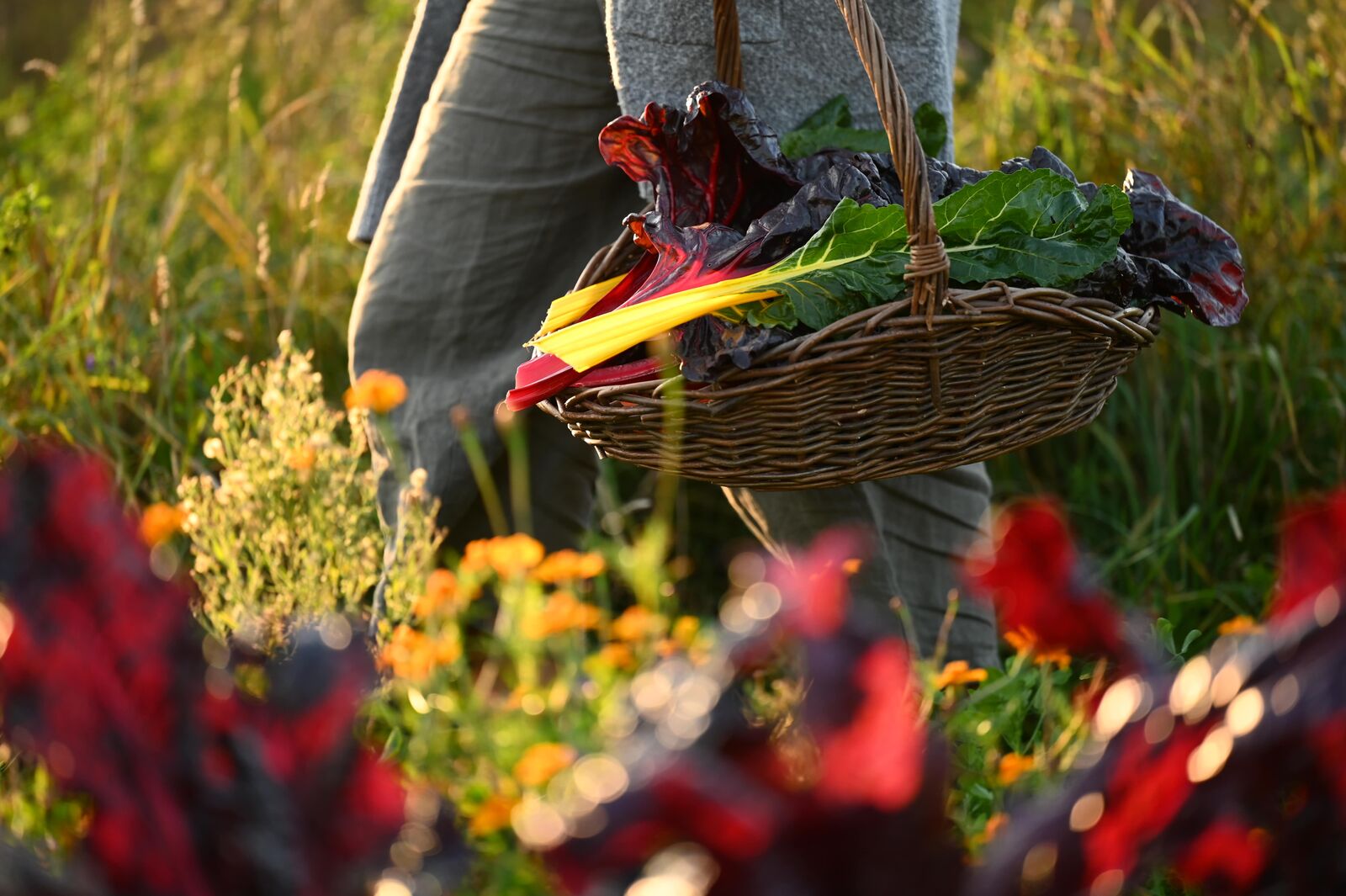
Adaptations of Plants to Climate Change
These climatic changes with temperature and weather extremes put many plants under stress. Native plants and animals react to this in the short term with physiological and biochemical stress reactions - and in the long term with anatomical and morphological adaptations.
These so-called stressors, such as periods of drought or flooding, promote long-term adaptation of plants to new conditions. Nevertheless, it is important to emphasize that animals and plants need time to adapt - and that some of the changes caused by climate change are occurring far too quickly for all living organisms to adapt appropriately. It is therefore not enough to believe that nature will adapt on its own. It is essential that we support plants and animals in this process and try to mitigate the consequences.
Nature’s Adaptation Limits - And Our Responsibility
There are a number of factors that we can influence - such as the use of resources, the promotion of biodiversity and healthy ecosystems or the adaptation of our consumer behavior. The list is long. At the same time, we must also be aware that many factors are beyond our direct influence, e.g. decisions made by large corporations or states as well as large-scale ecological tipping points. Our effectiveness is therefore limited. However, this should not discourage us: Every action, no matter how small, helps us to work together to deal with the consequences of climate change - and once again create a livable foundation for future generations.
Short-Term Survival Strategies for Drought Stress
There are some stress reactions of plants that take place in the short to medium term in order to reduce water consumption and make it more efficient. I would like to briefly discuss the basics of photosynthesis again - now it's getting biological! If this doesn't interest you and you'd rather just read the practical part, you can skip to the next section.
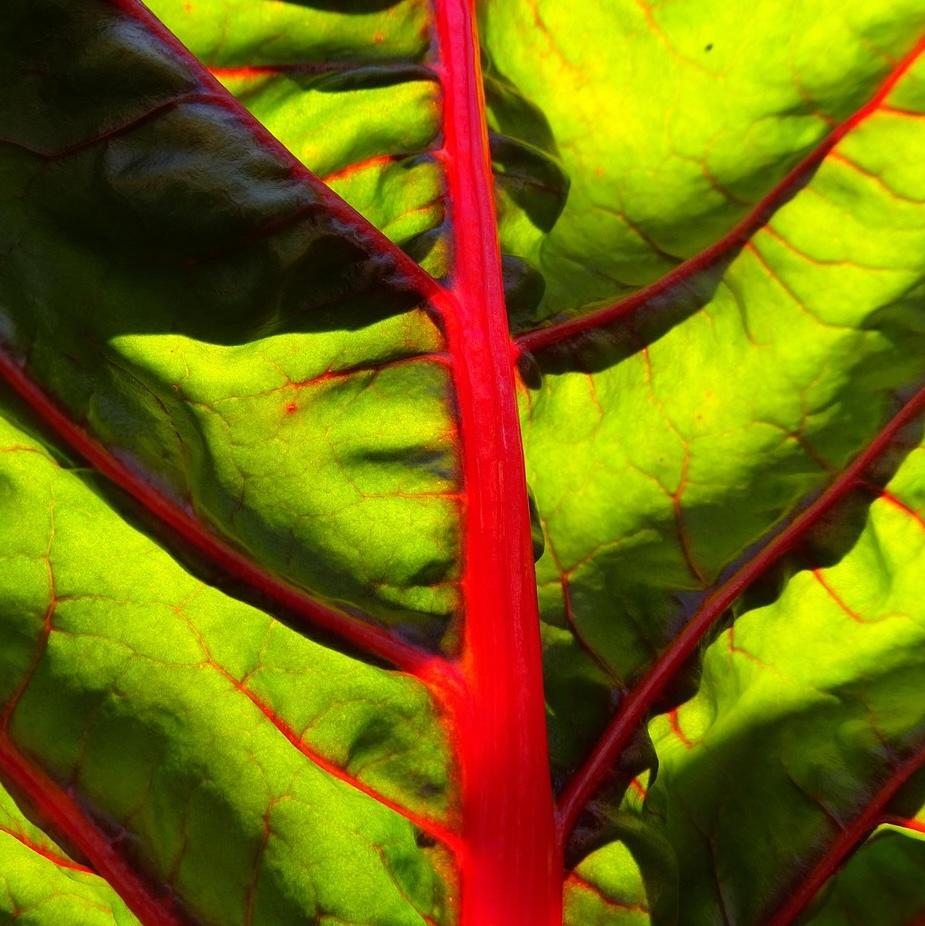
The plant carries out photosynthesis in its leaves. // Image by LeahReiter on Pixabay.
Brief Excursus: How Photosynthesis Works

The plant carries out photosynthesis in its leaves. // Image by LeahReiter on Pixabay.
A Plant absorbs CO₂ from the air through tiny openings in its leaves – the so-called stomata. These are small pores responsible for gas exchange. Through the stomata, plants also perform leaf respiration: they release oxygen into the surrounding air. In addition, stomata regulate the plant's water balance. When open, water evaporates through the leaf surface. This causes negative pressure, which in turn pulls new water up through the roots. So far, so good.
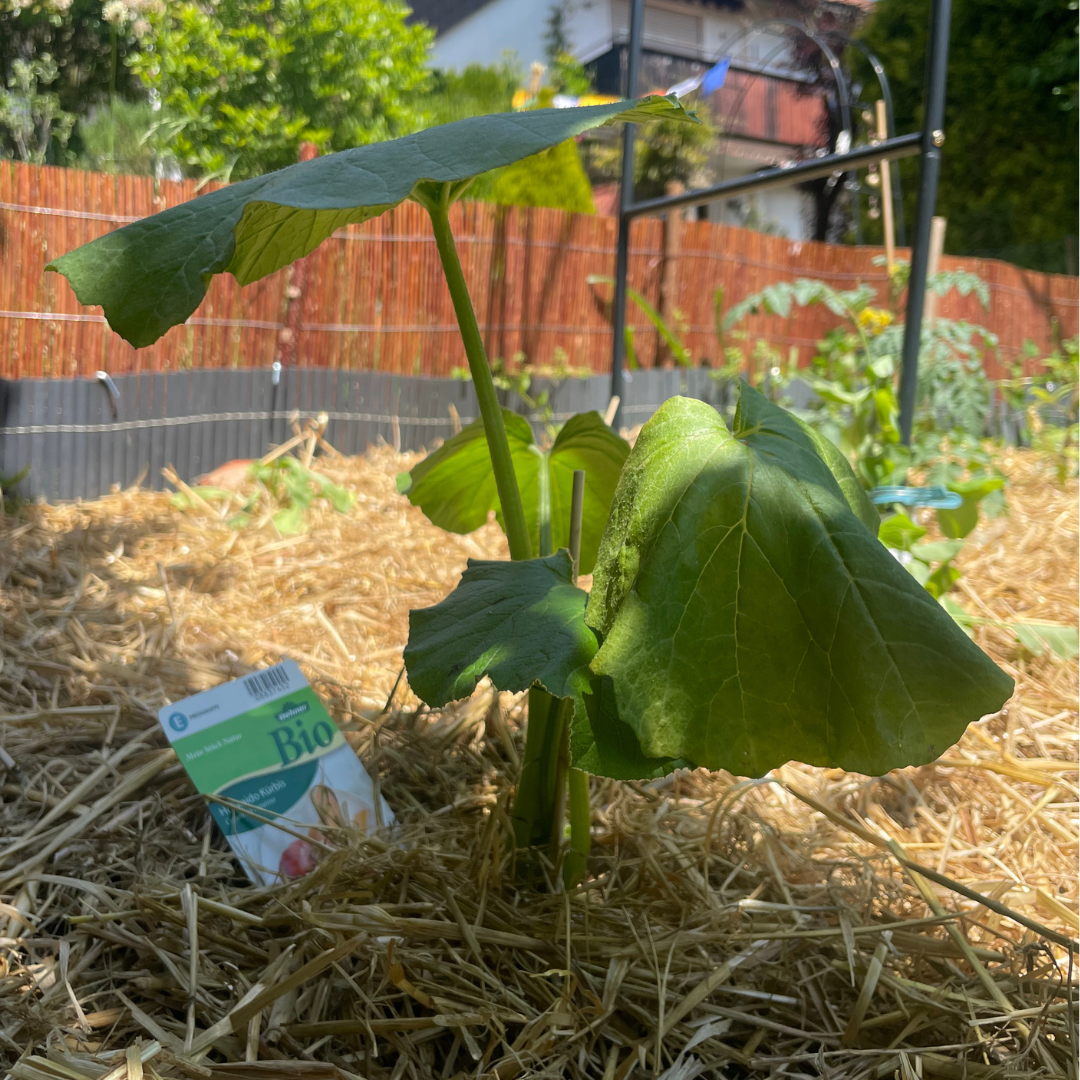
During midday, a plant often lets its leaves droop. // Own image
Response to Drought Stress: Stomata Close

During midday, a plant often lets its leaves droop. // Own image
So what happens in a plant suffering from drought stress?
First, the plant tries to reduce evaporation and retain water. To do this, it closes its stomata – especially around midday, when solar radiation is strongest. As a result, the plant absorbs less CO₂, which in turn lowers the rate of photosynthesis. This means less biomass is produced, and the plant grows more slowly.
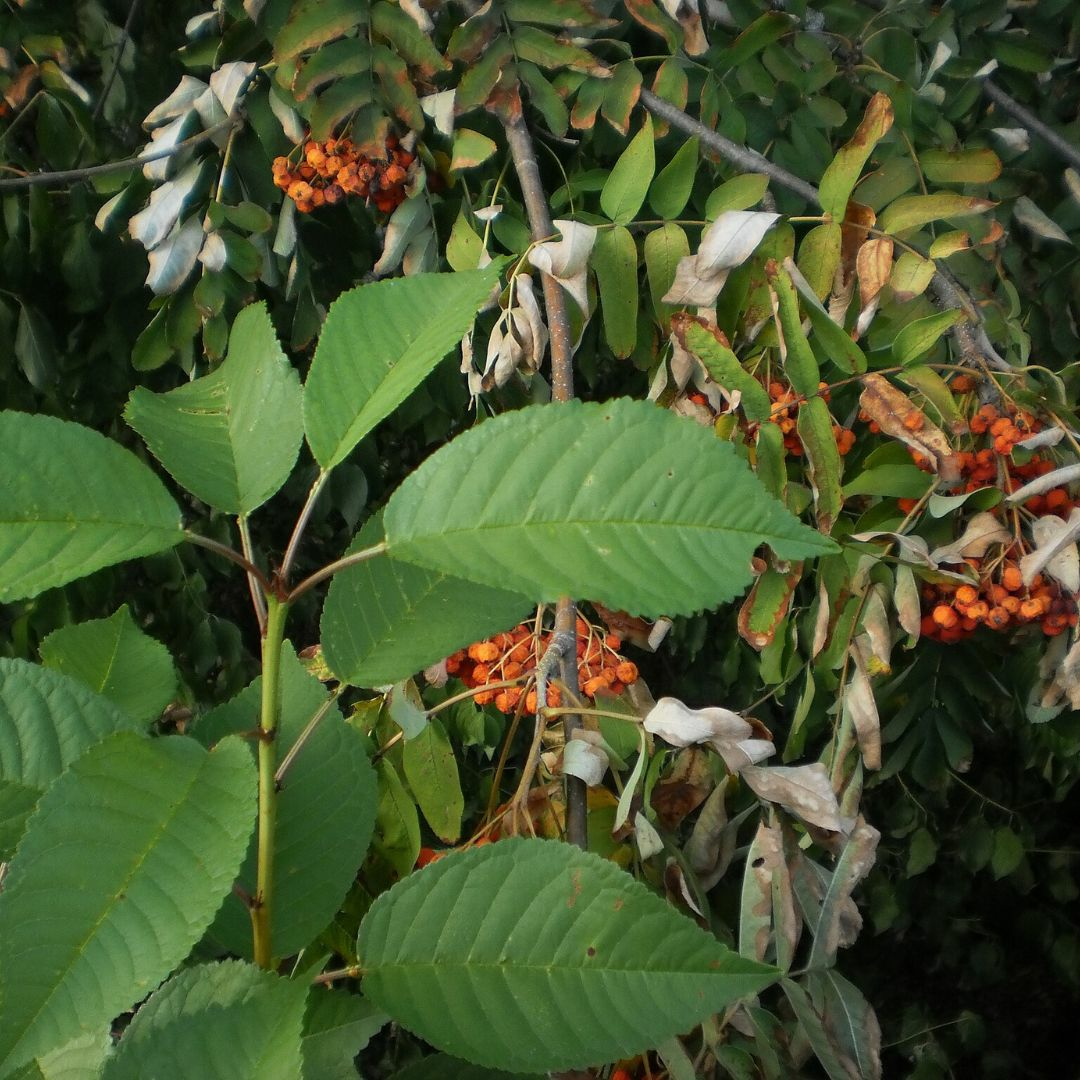
Some plants handle drought better than others. // Image by LudwigSebastianMicheler, CC BY-SA 4.0 on Wikimedia Commons
Reduced Plant Growth Due to Drought

Some plants handle drought better than others. // Image by LudwigSebastianMicheler, CC BY-SA 4.0 on Wikimedia Commons
How severely growth is affected depends greatly on the plant species.
Some plants can cope well with short-term water shortages without any visible impact on growth. Others react quickly by halting growth altogether. A key factor is the plant’s natural habitat – whether it originates from dry or seasonally wet regions, near bodies of water, or from very moist environments.
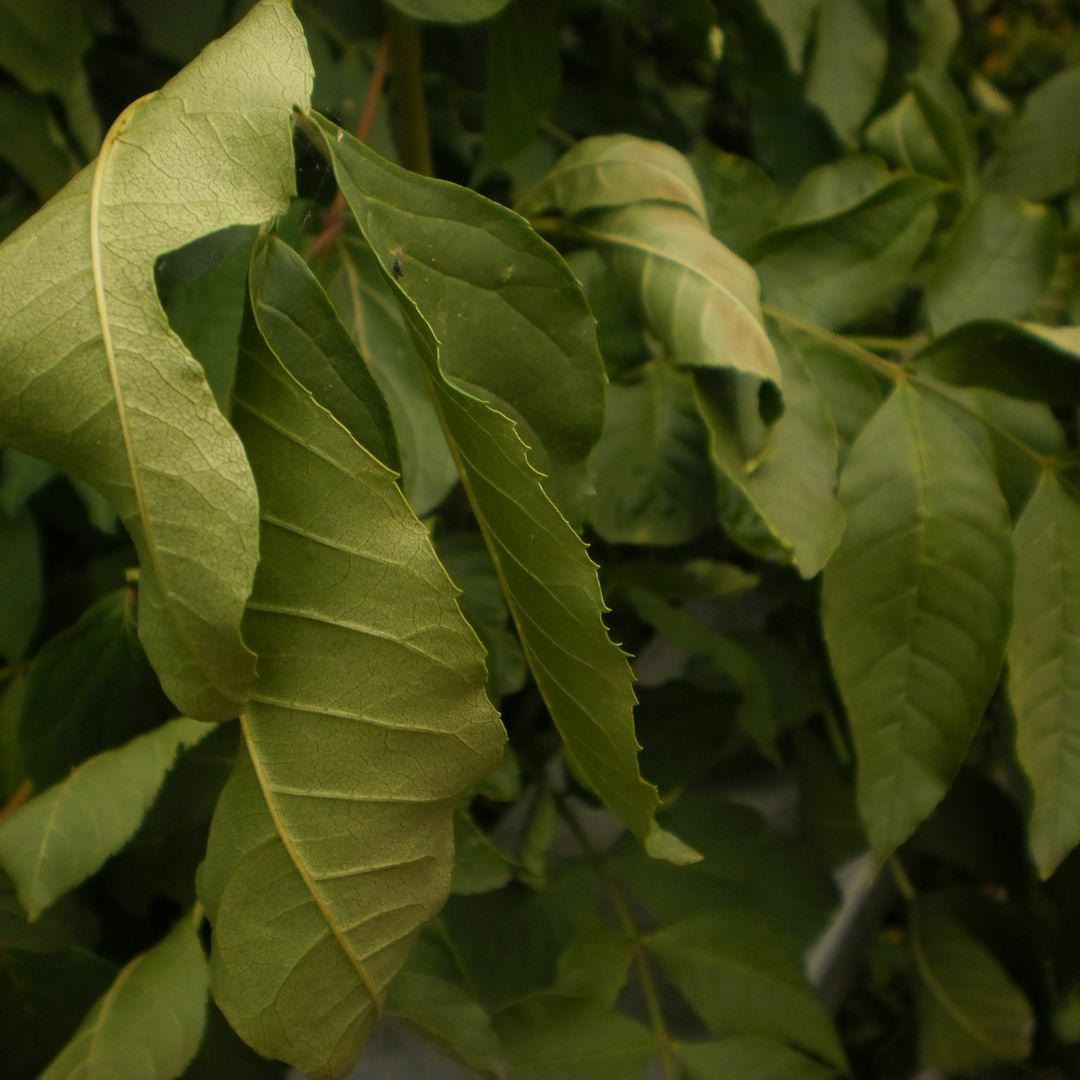
The leaves usually curl up during prolonged drought and then begin to wilt. // Image by Ludwig Sebastian Micheler, CC BY-SA 4.0 on Wikimedia Commons
How to Identify Drought Stress in Your Plants

The leaves usually curl up during prolonged drought and then begin to wilt. // Image by Ludwig Sebastian Micheler, CC BY-SA 4.0 on Wikimedia Commons
These internal processes also become visible on the outside: In dry conditions, many plants let their leaves droop. With severe and prolonged drought, the leaves may start to curl – another attempt by the plant to reduce water loss. If dryness persists, the leaves begin to wilt from the edges and eventually die off.
Long-Term Adaptation to Dry Locations
The extent to which a plant can adapt to dry locations in the long term depends on its basic genetic make-up. This means that not every plant has the same possibilities and some species therefore disappear from certain locations in the long term.
How to Recognize Drought-Resistant Plants
However, there are some external characteristics by which you can recognize an adaptation to drought. Such plants are better able to maintain their growth even during long periods of drought.
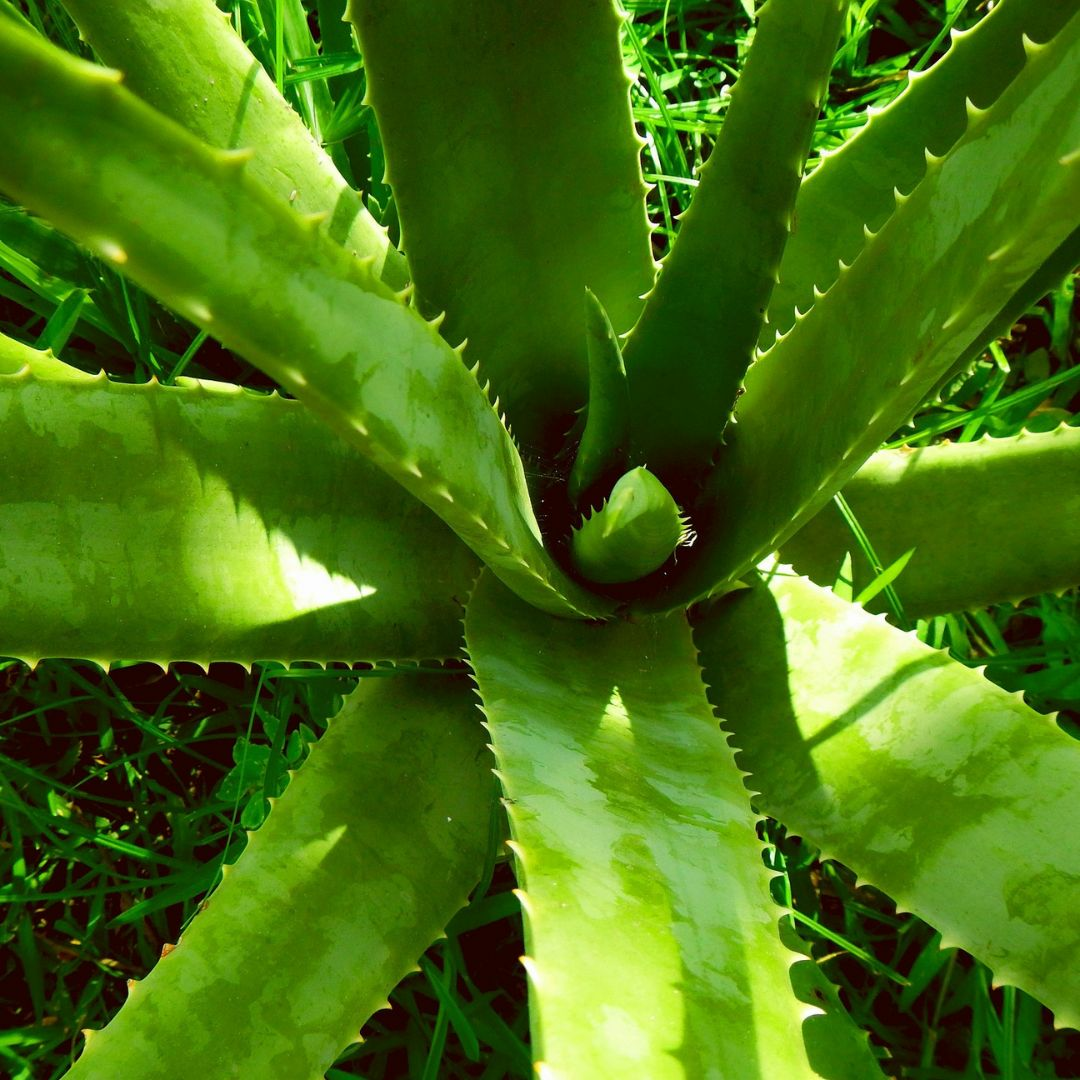
Succulents like Aloe Vera tolerate drought well – they can store a lot of moisture in their leaves. // Image by Ernesto Rodriguez on Pixabay
Adapted Leaf Shape – All About Reducing Evaporation

Succulents like Aloe Vera tolerate drought well – they can store a lot of moisture in their leaves. // Image by Ernesto Rodriguez on Pixabay
Since evaporation occurs primarily through the leaves, many adaptations appear exactly there. To minimize the surface area for evaporation, these plants change the shape of their leaves. They often have small or divided, thick and leathery leaves to store water more effectively while keeping evaporation low. A well-known example is desert plants like succulents – such as Aloe Vera – whose fleshy leaves can retain a large amount of moisture.
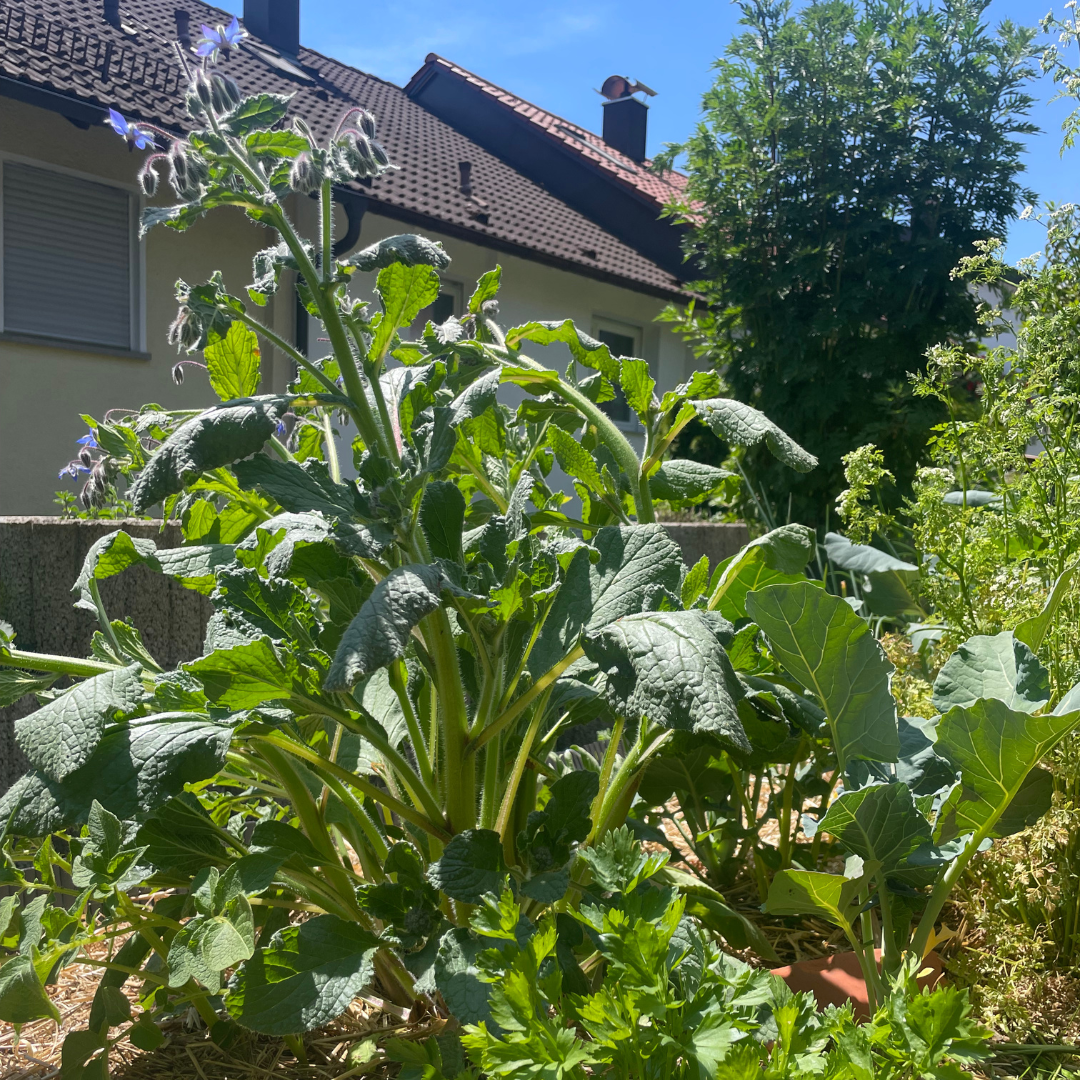
Borage handles drought fairly well. One clue is its hairy, leathery leaves. // Own image
Another Tactic: Hairy, Leathery Leaves

Borage handles drought fairly well. One clue is its hairy, leathery leaves. // Own image
Another characteristic is hairy or rough leaf surfaces. This serves two purposes: on one hand, the plant can recapture evaporated water through the hairs; on the other, they help condense moisture from the air. These traits often appear together with sunken stomata – deeper-lying pores that also reduce evaporation.

Rock samphire is a good example of this, as its above-ground growth is usually minimal and the leaves are fleshy. // Image by clarabsp on Pixabay
Deep Roots, Less Leaf Mass

Rock samphire is a good example of this, as its above-ground growth is usually minimal and the leaves are fleshy. // Image by clarabsp on Pixabay
Drought-resistant plants also show adaptations in their growth behavior: they typically develop a well-developed root system with deep-reaching roots, while above-ground growth is reduced. This results in a higher root-to-shoot ratio, which maximizes water uptake while minimizing water consumption.
Drought-Resistant Plants for the Garden & Balcony: Mediterranean Vegetable Plants
Now I would like to get a little more practical and introduce you to specific plants that are well suited to dry locations. You can base this on where the plants come from and in which regions they are successfully cultivated. Plants that grow well in the Mediterranean generally have a high drought tolerance. These regions are characterized by very hot and sometimes dry summers - exactly the conditions that many gardens in this country are increasingly confronted with. However, plants with deep taproots are also well suited: They can supply themselves with water over a longer period of time and survive dry phases much better.
| Leafy greens | Swiss chard (stalk and leaf varieties), spinach, mallow, lettuce, arugula, fennel (herb variety) |
| Legumes | (Chick)peas, beans (especially bush beans), lentils |
| Fruit vegetables | Tomatoes, bell peppers, eggplants, cucumbers, zucchini, pumpkins, okra |
| Cabbages | Head cabbage, leaf cabbage, Brussels sprouts, cauliflower |
| Flower vegetables | Artichoke |
| Root vegetables | Carrots, taro, beetroot, parsnips, Jerusalem artichoke |
| Allium vegetables | Onions, garlic |
Even Drought-Resistant Plants Need Water
Even though many plants cope well with drought, this does not mean that they can manage completely without a water supply. It simply means that they do not come under stress so quickly or even die as soon as drought sets in. A lack of water quickly affects yield and quality, especially in vegetable cultivation. If the drought persists, you can expect harvest losses. Root vegetables also have a tendency to become woody if they are too dry. Cabbage vegetables can taste sharper because the plants produce more mustard oil glycosides - a natural protective reaction against stress.

Don’t Waste Precious Space in Your Vegetable Garden!
With our bed planner, it’s easy to design a beautiful and productive companion planting layout. You’ll see which plants grow well together — and which don’t — along with tips for crop rotation and succession planting!
Plan Your Bed NowDrought-Resistant Perennials and Herbs for the Balcony
A sunny south-facing balcony is a particularly tough place for plants, as a balcony box dries out much faster than garden soil - evaporation is significantly higher, as are the temperatures in the substrate.
I recommend using particularly resistant wild herbs here. These plants may seem a little unusual at first, but you can use many of them in the same way as lettuce or spinach. One example is stinging nettle: this robust plant grows well on a dry, sunny balcony and is great for salads, soups and sauces - and it's also really healthy! Below you will find more examples of drought-resistant plants that are well suited to your balcony.
| Annual wild herbs & flowers | Perennial plants | Mediterranean herbs |
|---|---|---|
| Corn poppy (Papaver rhoeas) | Blood Cranesbill (Geranium sanguineum) | Lavander (Lavandula angustifolia) |
| Cornflower (Centaurea cyanus) | Red Valerian (Centranthus ruber) | Sand Thyme (Thymus serpyllum) |
| Wild carrot (Daucus carota) | Yarrow (Achillea millefolium) | Oregano (Origanum vulgare) |
| Viper’s bugloss (Echium vulgare) | Dyer's Chamomile (Anthemis tinctoria) | Rosemary (Rosmarinus officinalis) |
| Weld (Reseda luteola) | Hollyhock (Alcea rosea) | Sage (Salvia officinalis) |
| Common toadflax (Linaria vulgaris) | Globe Thistle (Echinops ritro) | Winter Savory (Satureja montana) |
| Borage (Borago officinalis) | Purple Coneflower (Echinacea purpurea) | Curry plant (Helichrysum italicum) |
| Bluebeard (Caryopteris clandonensis) | Fennel (Foeniculum vulgare) | |
| Field Scabious (Knautia arvensis) | Hyssop (Hyssopus officinalis) |
Native Trees and Shrubs for Dry, Sunny Locations
Last but not least, I would like to introduce you to some examples of native trees and shrubs that are adapted to hot and dry locations. They often occur naturally in such locations and are usually hardy. This makes them a useful addition to the native flora and fauna (NABU, 2025). Below you will find a list of drought-resistant trees and shrubs that are native to Central Europe.

Drought-Resistant Trees, Shrubs and Fruit Trees
| Trees | Shrubs |
|---|---|
| Field Maple (Acer campestre) | Common Barberry (Berberis vulgaris) |
| Downy Oak (Quercus pubescens) | Cornelian Cherry (Cornus mas) |
| Medlar (Mespilus germanica) | Common Hawthorn (Crataegus monogyna) |
| Mahaleb Cherry (Prunus mahaleb) | Dyer’s Greenweed (Genista tinctoria) |
| Wild Pear (Pyrus pyraster) | Alder Buckthorn (Rhamnus cathartica) |
| Wild Apple (Malus sylvestris) | Rough-leaved Rosee (Rosa jundzilli) |
| Whitebeam (Sorbus aria) | Red-leaved Rose (Rosa glauca) |
| Wild Service Tree (Sorbus torminalis) | Wayfaring Tree (Viburnum lantana) |
| Serviceberry (Amelanchier ovalis) |
Drought-Resistant Meadow Instead of Thirsty Lawn
Many people love their even green lawn - but it has a few disadvantages: In addition to time-consuming maintenance work, it also consumes an extremely large amount of water. The grasses usually only have shallow roots and therefore require regular watering, especially in dry summers.
If you want to make your lawn more drought-resistant, a meadow with wild herbs and flowers is a much better choice. Various native plants grow here, which are not only more drought-tolerant, but also have a high ecological value. They provide a habitat and food for insects and increase biodiversity in your garden. Find out How You Can Transform Your Lawn Into a Colorful, Low-Maintenance Meadow here.
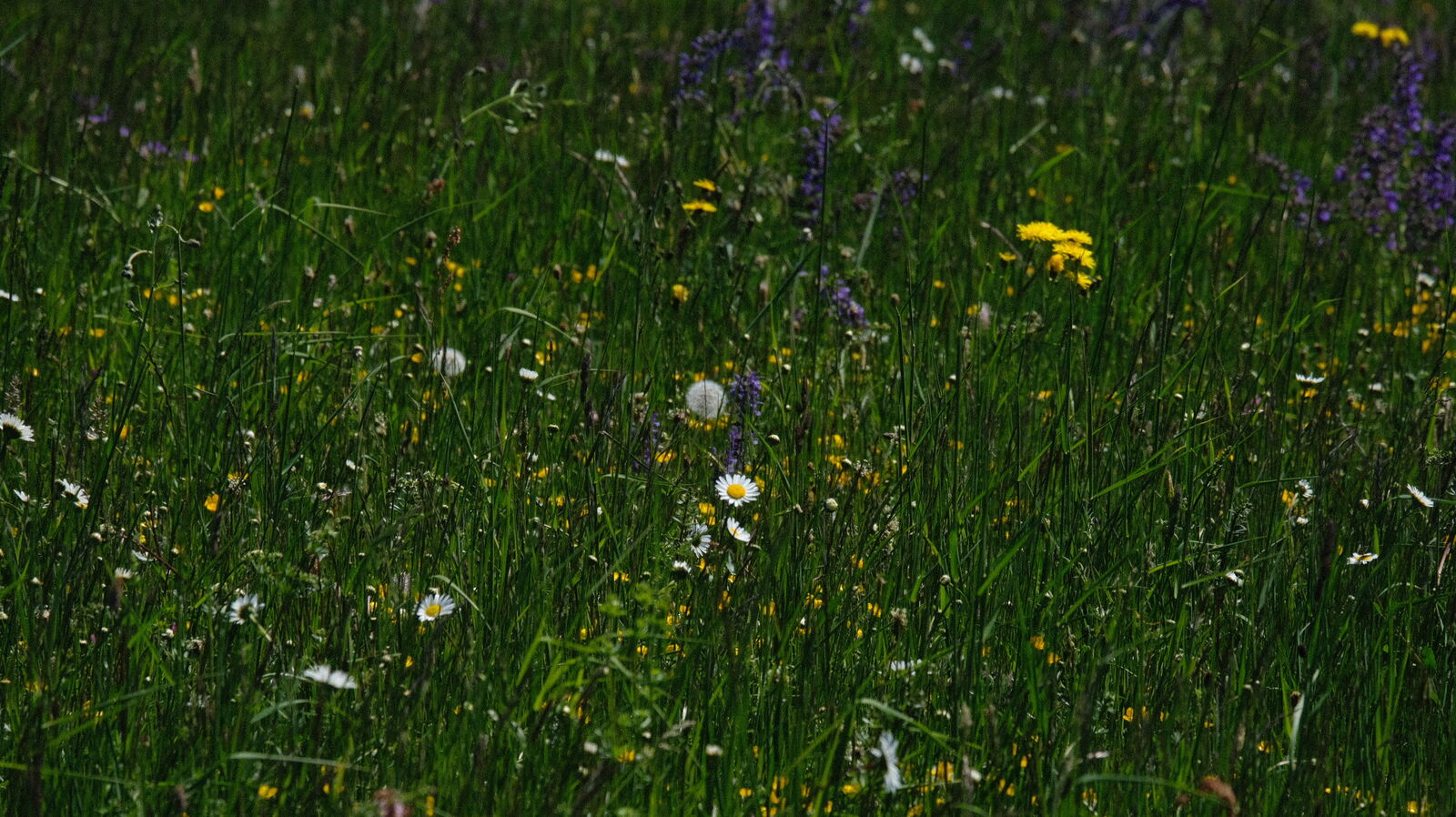
If you have any questions or comments, please write to us at [email protected] or share your experiences with us on social media.
Would you like to receive helpful gardening tips all year round and plan your own beds optimally? Then register here or download the Fryd app for Android or iOS.
Fryd - your digital bed planner
Sources
- European Commission, 2025: Consequences of climate change; accessed online on 14.05.25 athttps://climate.ec.europa.eu/climate-change/consequences-climate-change_de#:~:text=Kein%20Gebiet%20auf%20der%20Welt,extreme%20Hitzewellen%20und%20Dürren%20zunehmen.
- Gartenakademie Rheinland-Pfalz, 2025: Pflanzenpracht auch für trockene Standorte; accessed online on 15.05.25 at https://www.pflanzenbau.rlp.de/Internet/global/themen.nsf/C0943582C5120A41C12578A90046BD78/5BD13AB4F8948E97C12583AE00326025#:~:text=Als%20Anpassung%20an%20die%20Trockenheit,bis%20ledrige%20oder%20behaarte%20Blätter
- GEO, 2023: These plants cope well with drought; accessed online on 12.05.25 at https://www.geo.de/natur/trockenresistente-pflanzen--tipps-fuer-den-klimafesten-garten-33579258.html
- NABU, 2025: Plants for dry, sunny locations; accessed online on 11.05.25 at https://www.nabu.de/umwelt-und-ressourcen/oekologisch-leben/balkon-und-garten/grundlagen/klimagarten/34052.html
- University of Hohenheim, 2020: Mediterranean vegetable and salad plants; accessed online on 14.05.25 at https://botanik.uni-hohenheim.de/fileadmin/einrichtungen/botanik/exkursion_i/2020_Nordzypern/18_Mediterrane_Gemuese-und_Salatpflanzen.pdf

Marie
Marie is an agronomist. She is particularly interested in the sustainable and organic cultivation of vegetables and other plants. In her own garden, she gained experience and likes to try things out to learn from nature. She is particularly interested in the values and principles of permaculture, in order to contribute not only to the well-being of nature, but also to the well-being of people and future generations.
Learn MoreCurrent Topics in the Community

Liked 1 times
My winter onions are also growing quite well. They are of the Red Cross variety. I planted them on 28.10 in a felt pot 60x30x20 cm
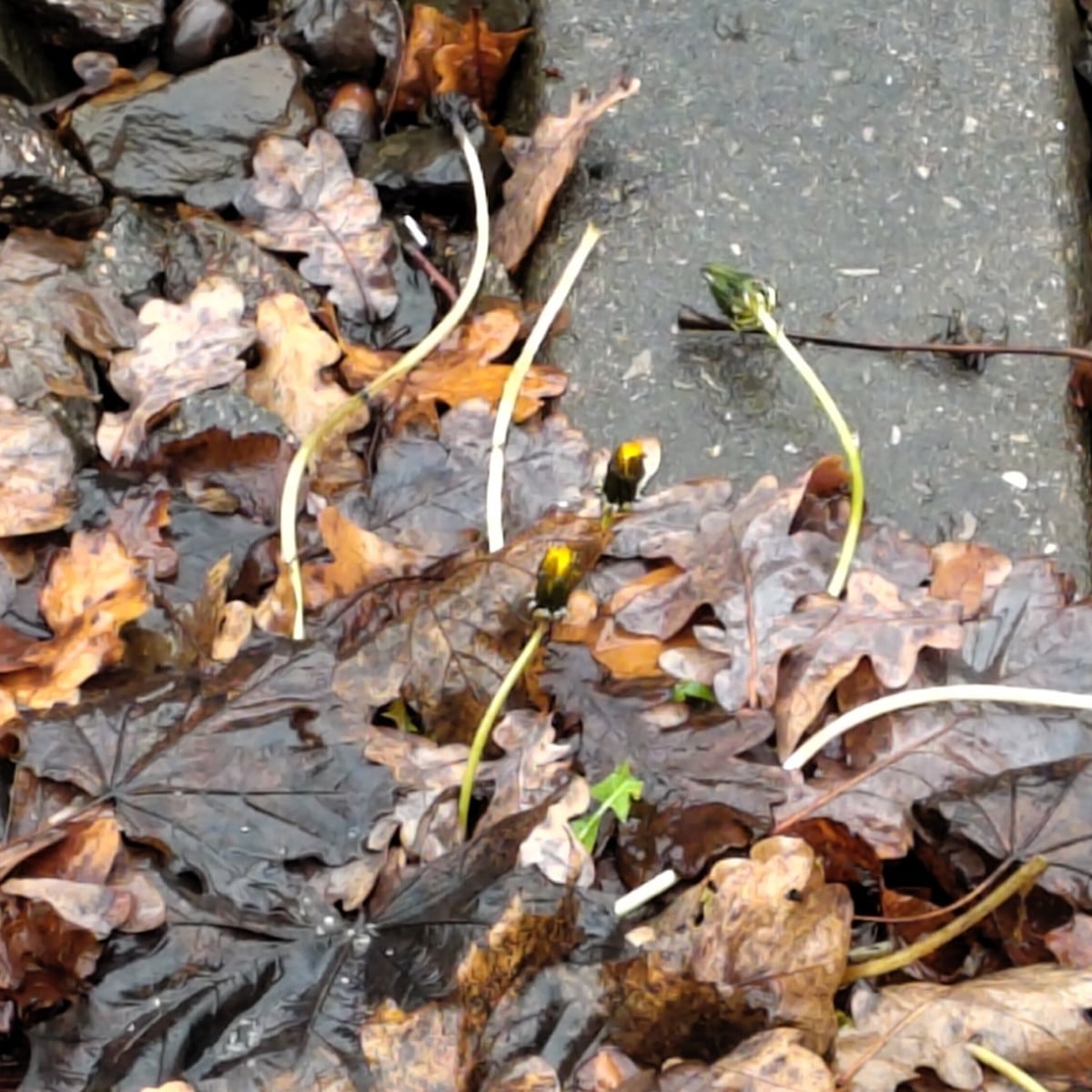
Liked 6 times
Another post from the curiosities section: I noticed this dandelion at the streetcar stop in a 'wintry' 13°C weather. It obviously thinks that snow and double-digit frost were enough winter and is now pushing new flowers through the foliage. It's a shame it's by the tracks, otherwise it would probably have ended up in my salad. 😋
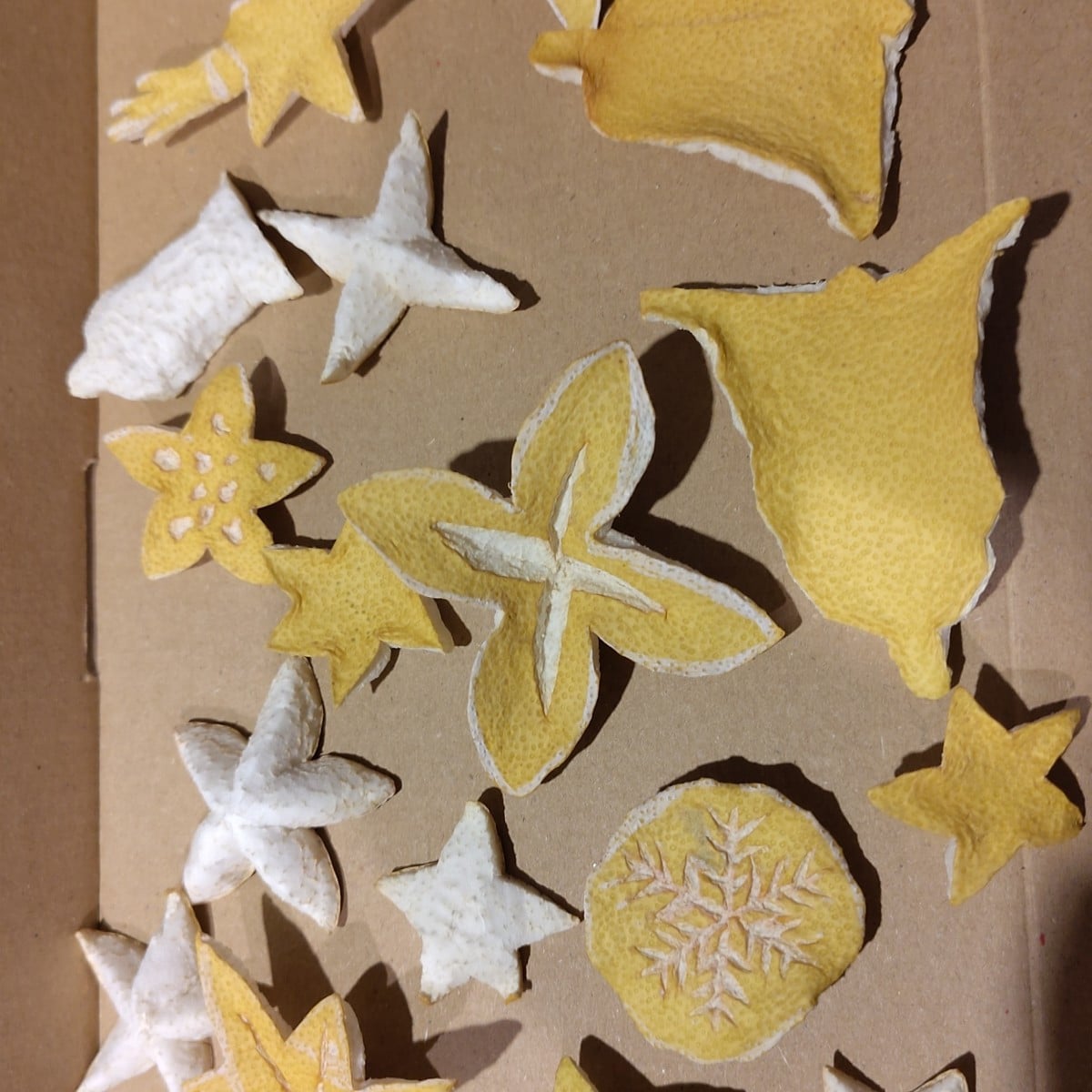
Liked 16 times
As a suggestion for those who eat citrus fruits and have some time in the evening: simply cut a few simple shapes out of them with a sharp knife and dry them on the heater. The next day it was bone dry in our house ;)
Show 3 answersPopular Articles

Overwintering Parsley: How to Do It Successfully
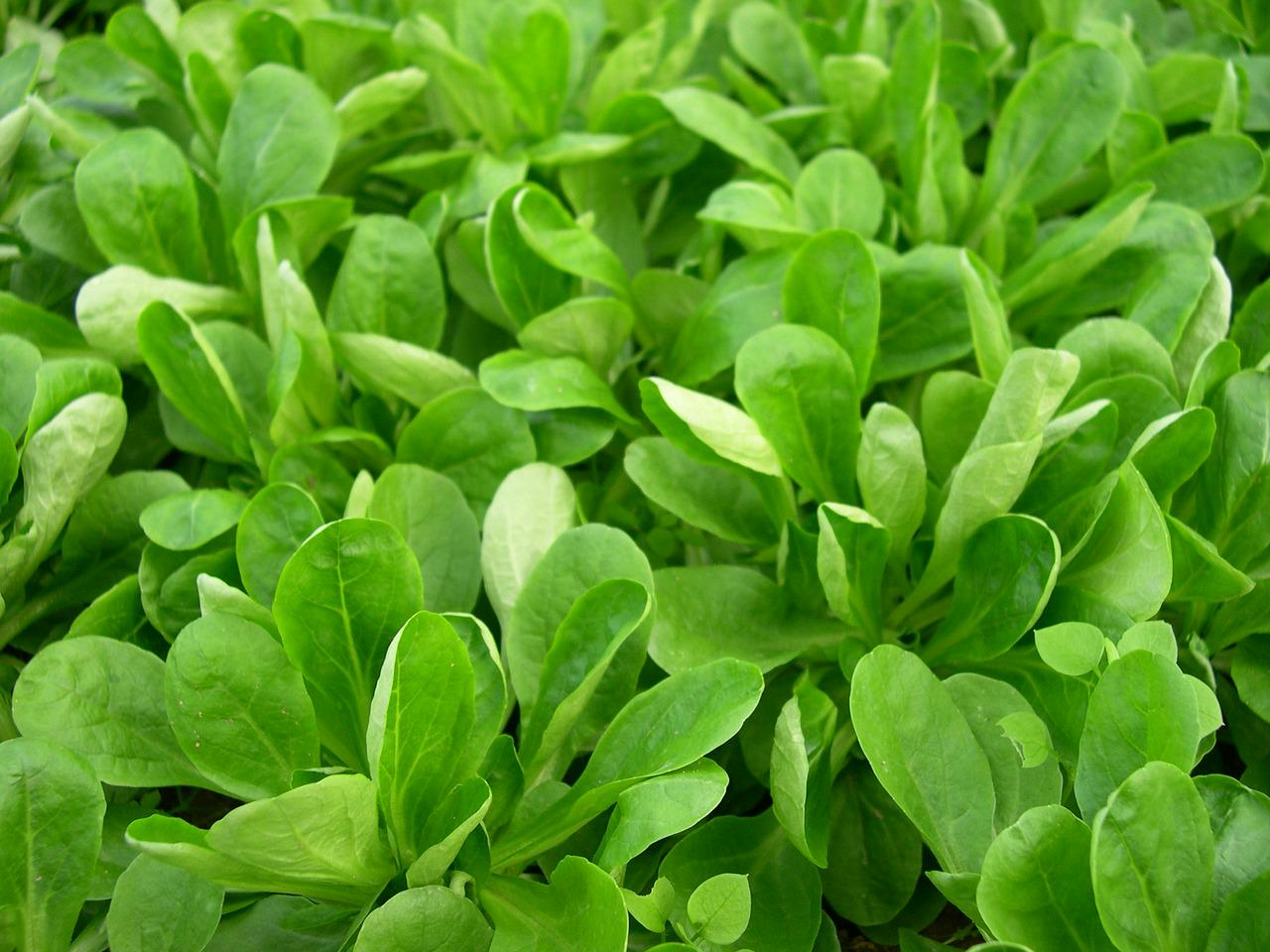
How to Grow Lettuce in Winter: Varieties, Sowing, Harvesting

Growing Sage Plant: Tips for Sowing and Harvesting
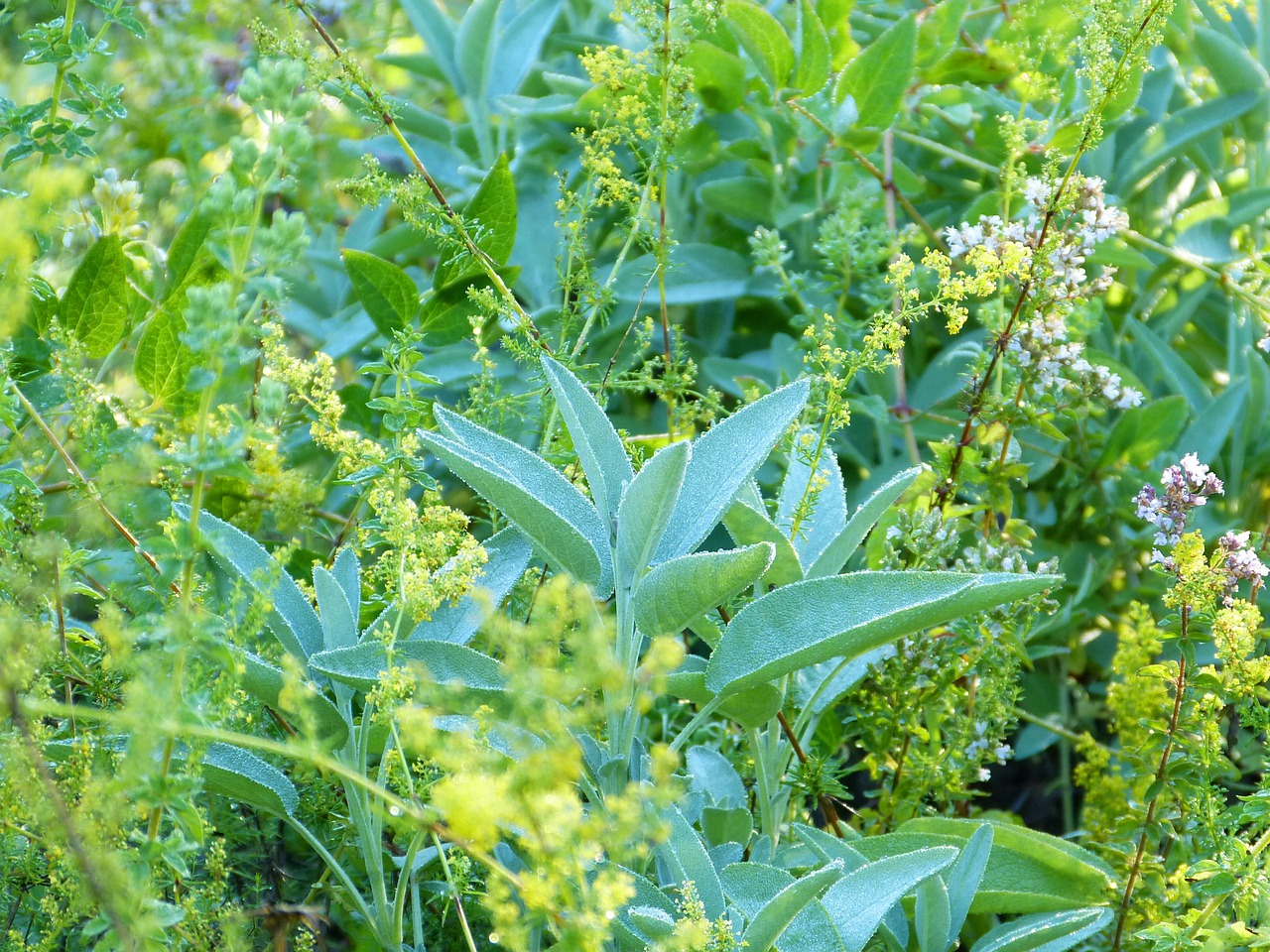
What Herbs Can Be Planted Together?
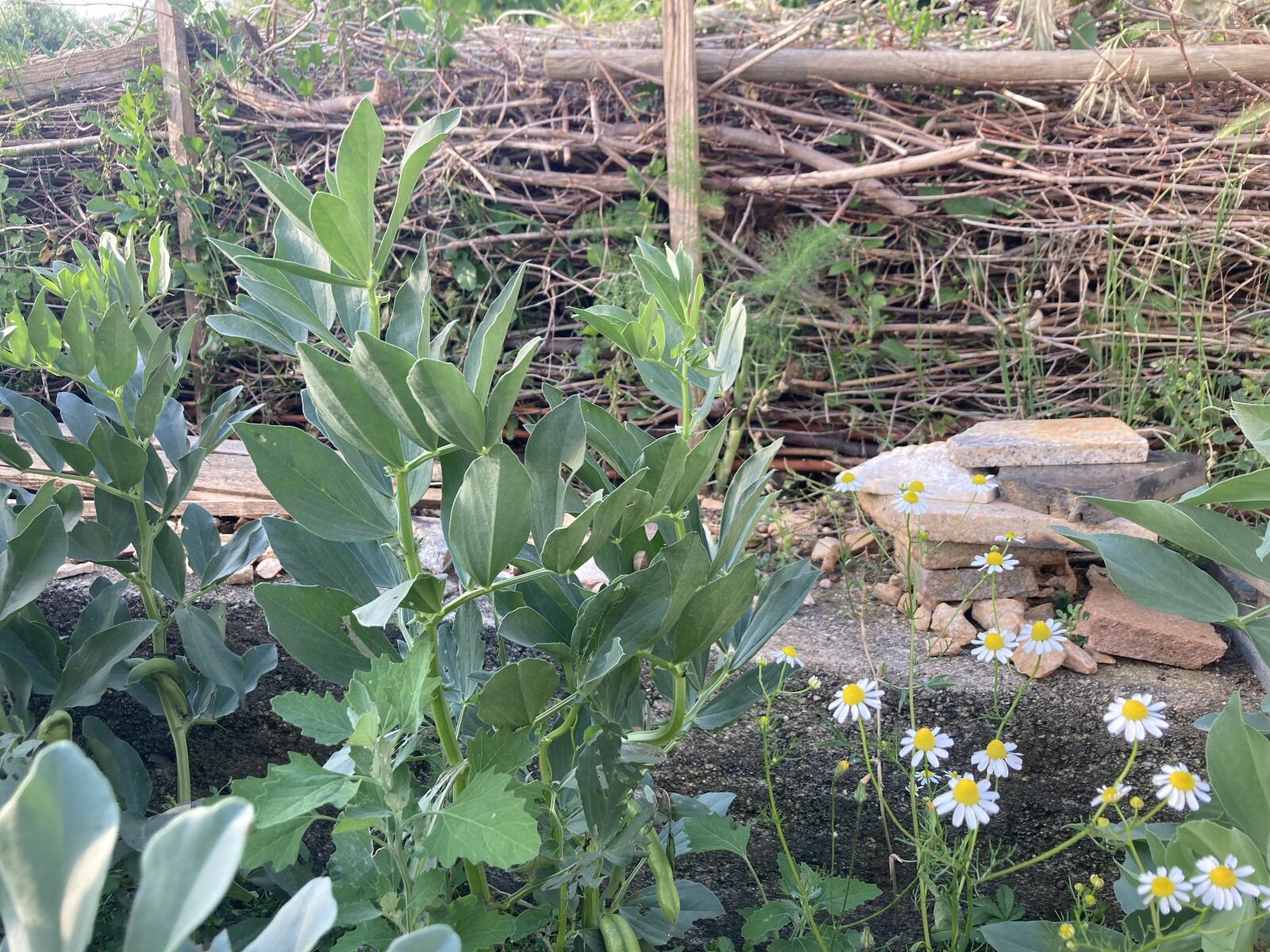
Create & Design a Permaculture Garden
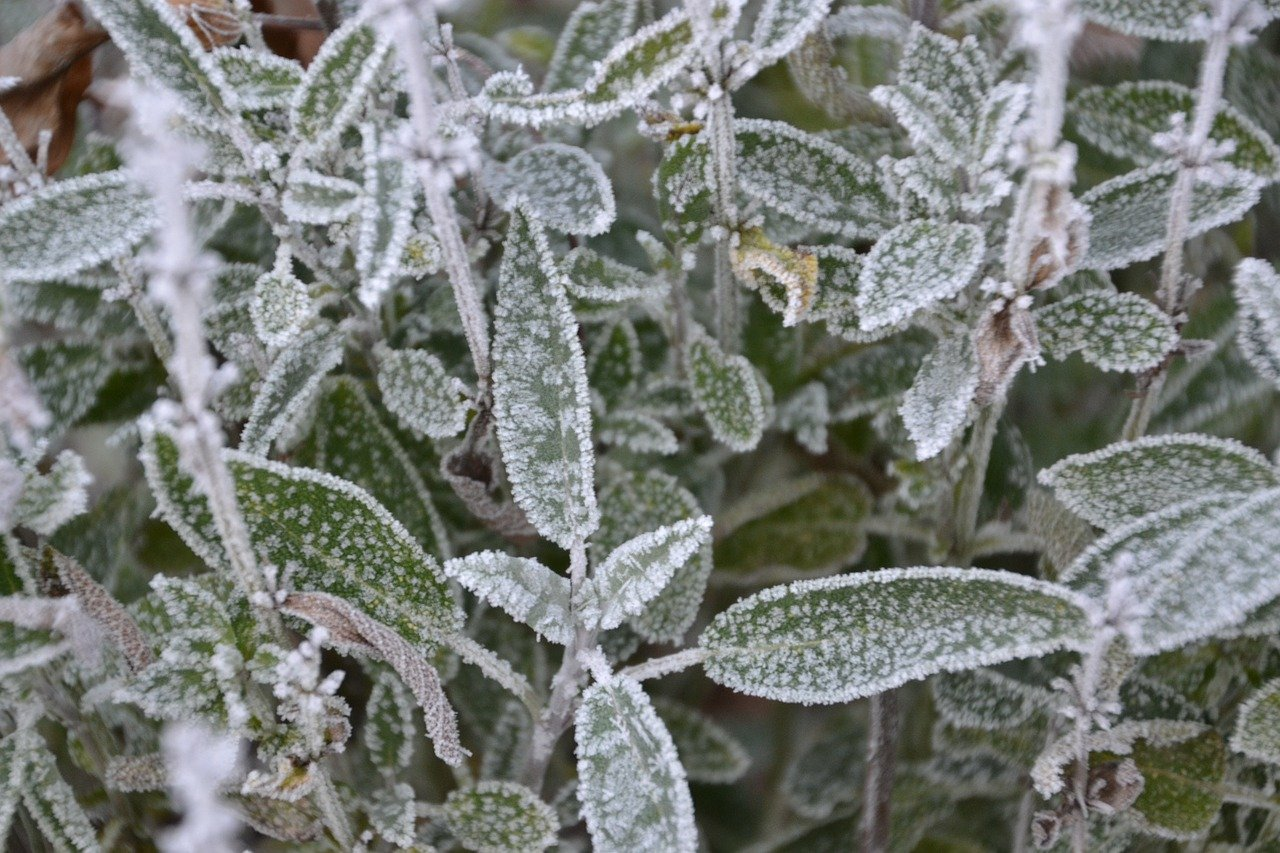
Overwintering Plants: Tubs, Pots and Raised Beds

Pruning, Fertilizing & Propagating Currants: Care Tips
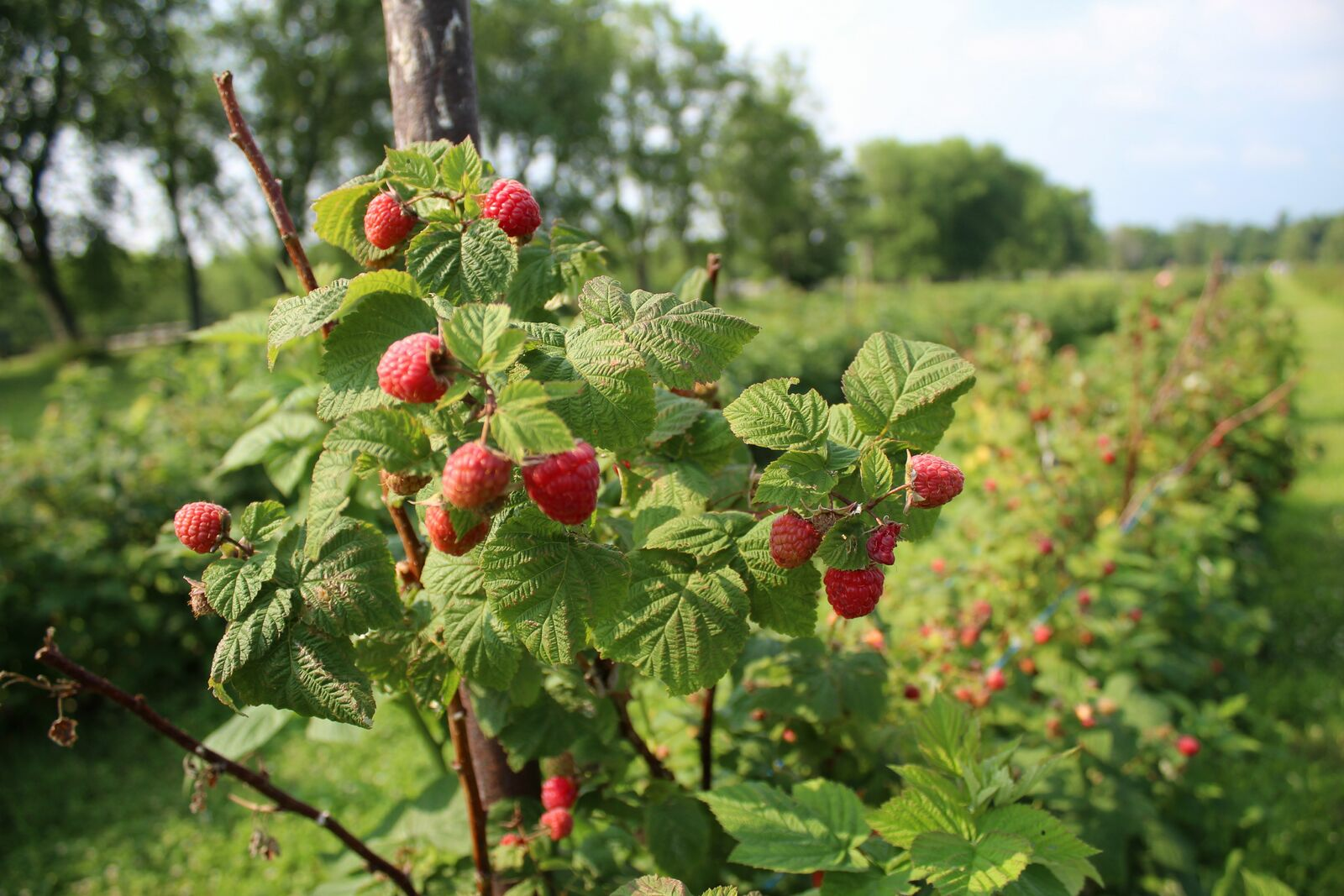
Pruning Raspberries: How to Do It

Vegetable Garden With Greenhouse: How to Use Greenhouse Effect
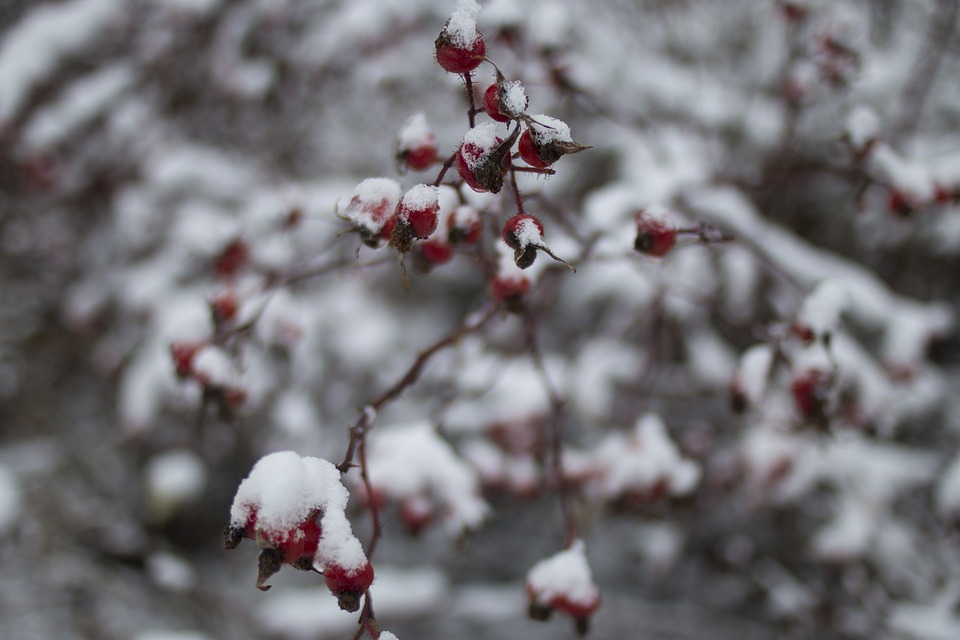
Winterizing Beds and the Garden: How to Do It
FAQ
What are drought-resistant plants?
Drought-resistant plants are species that can survive longer periods of drought by storing water efficiently or minimizing water loss.
What are the characteristics of drought-resistant plants?
Typical characteristics are thick fleshy or hairy leaves, silvery coloration and deep roots that help to store or absorb water.
Do drought-resistant plants still need to be watered?
Yes, they need regular watering, especially during the growth phase. After that, they can manage with less water, but should be watered during longer periods of drought.
What examples of drought-resistant plants are there?
Examples include lavender, rosemary, thyme, sage, borage and coneflower. Drought-resistant vegetables are Mediterranean vegetable plants such as tomatoes, eggplants and artichokes. Also vegetables with deep roots such as beans and cabbage.
How can I make my garden drought-resistant?
Choose suitable plants, improve the soil with mulch, collect rainwater and avoid sealed surfaces to retain moisture in the soil.